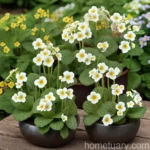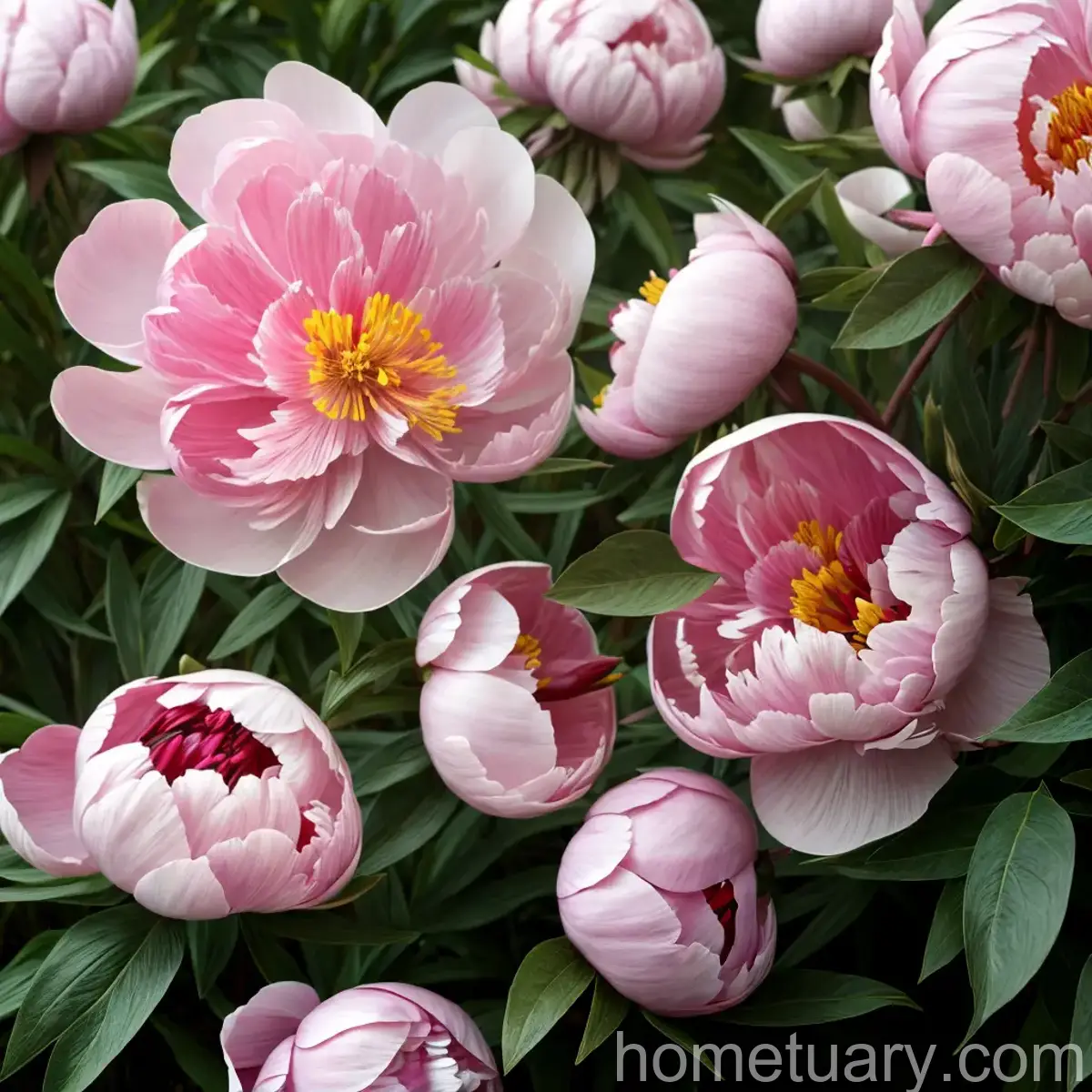Plant Name: Oxlip (Primula elatior)
What is Oxlip (Primula elatior)?
Oxlip, scientifically known as Primula elatior, is a charming and delicate perennial plant that belongs to the Primulaceae family. With its beautiful flowers and distinct characteristics, the oxlip is a popular choice for gardens, landscapes, and natural habitats.
As a plant scientist, I have always been fascinated by the unique features and cultural significance of the oxlip. In this comprehensive guide, I will delve into every aspect of this remarkable plant, from its cultural uses to its habitat preferences, and from its blooming period to its medicinal and folklore significance.
Key Takeaways
Before we dive into the details, here are some key takeaways about the oxlip plant:
- Oxlip (Primula elatior) is a perennial plant known for its charming flowers and distinct characteristics.
- It has cultural uses, medicinal properties, and is valued for its ornamental appeal in gardens and landscapes.
- When it comes to care, the oxlip requires proper watering, sunlight, soil conditions, and fertilizer to thrive.
- Understanding its propagation methods, diseases, pests, and pruning techniques is vital for maintaining a healthy oxlip plant.
Let’s explore each of these aspects in detail.
Culture
As a plant with rich cultural significance, the oxlip has been valued for various uses and traditions throughout history.
Uses
Oxlip (Primula elatior) has been traditionally used for its medicinal properties. The plant contains bioactive compounds that have been utilized in herbal remedies for colds, coughs, and respiratory issues. Its blooming flowers have also been used in traditional flower arrangements and festive decorations.
Water
Proper watering is crucial for the health and vitality of the oxlip plant. It thrives in moist, well-drained soil and requires regular watering, especially during dry spells. However, it’s important to avoid overwatering, as the plant may be susceptible to root rot in waterlogged conditions.
Sunlight
The oxlip plant flourishes in partial shade to full shade conditions. It prefers dappled sunlight or filtered light, making it an ideal choice for woodland gardens and shaded areas of the landscape.
Fertilizer
When it comes to fertilizer, the oxlip plant benefits from a balanced, slow-release fertilizer applied in the spring. It’s essential to follow the recommended dosage to avoid overfeeding, which can negatively impact the plant’s growth and flowering.
Soil
The oxlip thrives in humus-rich, well-drained soil with a slightly acidic to neutral pH. It prefers soils with good moisture retention while ensuring proper drainage to prevent waterlogging.
Pruning
Pruning the oxlip plant is relatively minimal. Deadheading faded flowers and removing any diseased or damaged foliage promotes continuous blooming and maintains the plant’s overall health.
Propagation
Understanding the propagation methods of the oxlip plant is valuable for expanding its presence in gardens and natural habitats.
Container Popularity
Oxlip can be cultivated in containers, making it a popular choice for container gardening. Its ornamental flowers and compact growth habits add charm to patio gardens, balcony settings, and indoor displays.
Common Diseases
While generally resilient, the oxlip plant may be susceptible to certain diseases that can affect its health and vigor.
Disease Diagnosis
Common diseases that may affect the oxlip plant include powdery mildew, leaf spot, and root rot. Regular inspection and early diagnosis are essential for promptly addressing any signs of disease.
Common Pests
Pests can pose a threat to the well-being of the oxlip plant, requiring proactive pest control measures.
Botanist’s Tips
To protect the oxlip plant from pests such as aphids, slugs, and snails, consider natural deterrents and eco-friendly pest control methods.
Fun Facts
Some fun and intriguing facts about the oxlip plant:
- In folklore, the oxlip is associated with symbolism and legends, often linked to notions of rebirth, renewal, and natural beauty.
- The oxlip plant has ethnobotanical significance, with historical uses in traditional herbal medicine and cultural practices.
External Resources
To further your knowledge about the oxlip plant, here are some recommended external resources:
Conclusion
The oxlip (Primula elatior) is a captivating plant with a rich history, cultural significance, and valuable horticultural traits. From its traditional uses to its role in modern gardens, the oxlip continues to inspire and delight enthusiasts and researchers alike.
By understanding its care needs, propagation methods, and cultural importance, we can appreciate the oxlip plant’s enduring appeal and contribute to its preservation and appreciation for generations to come.















